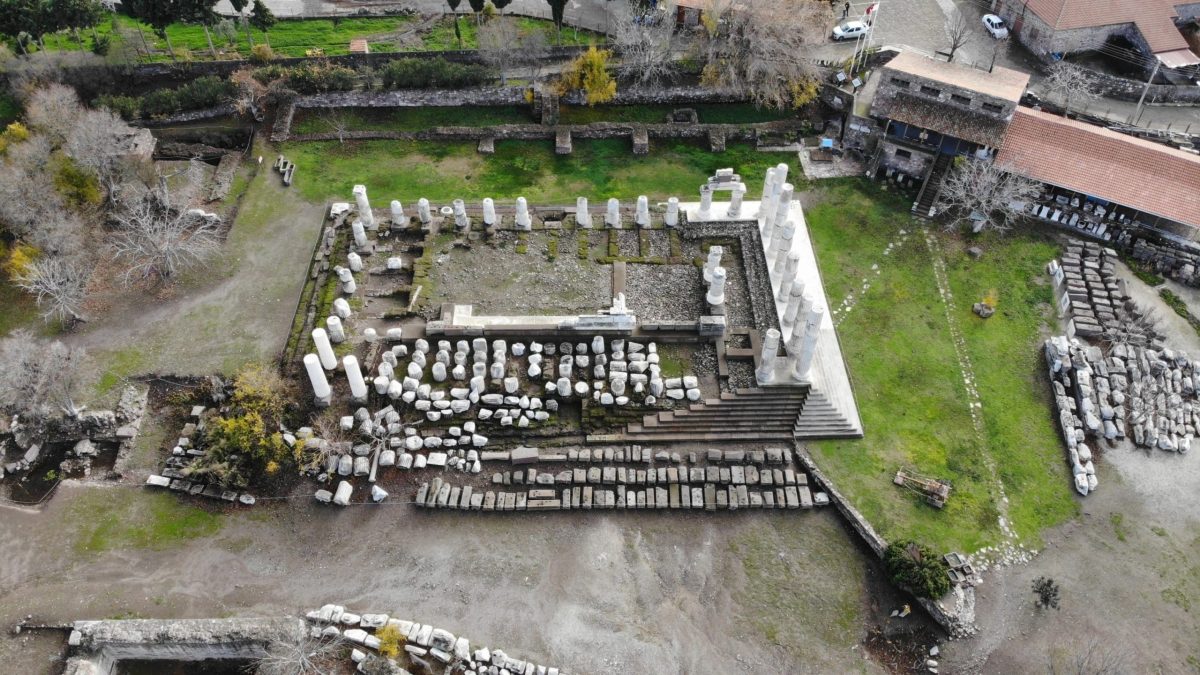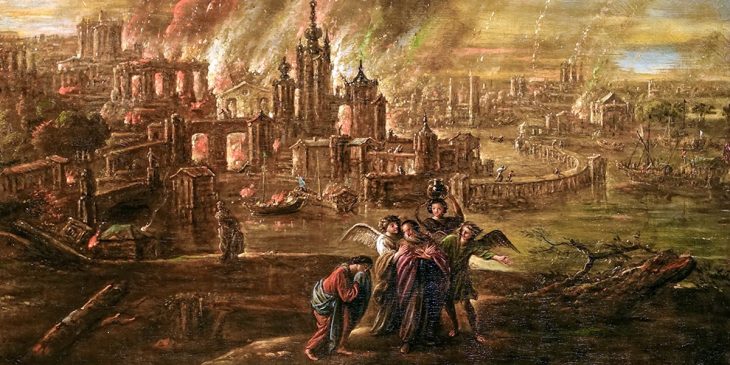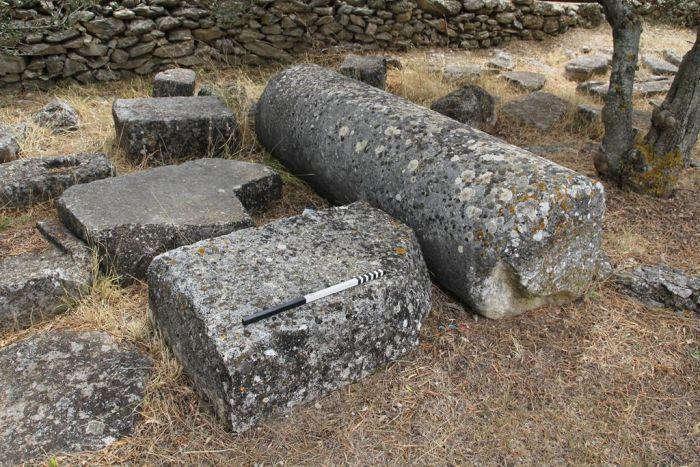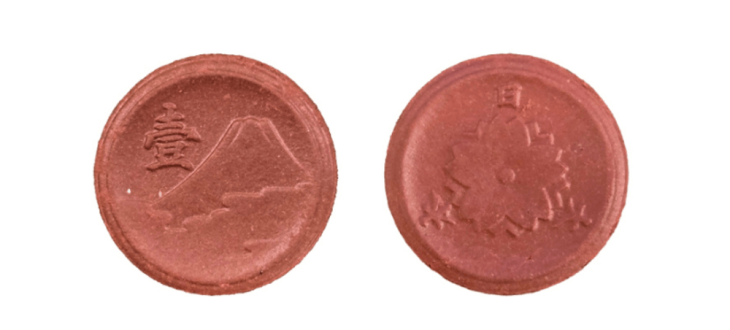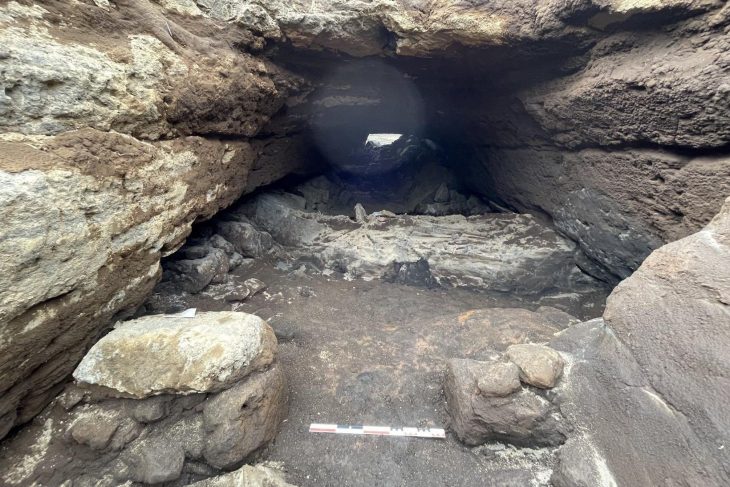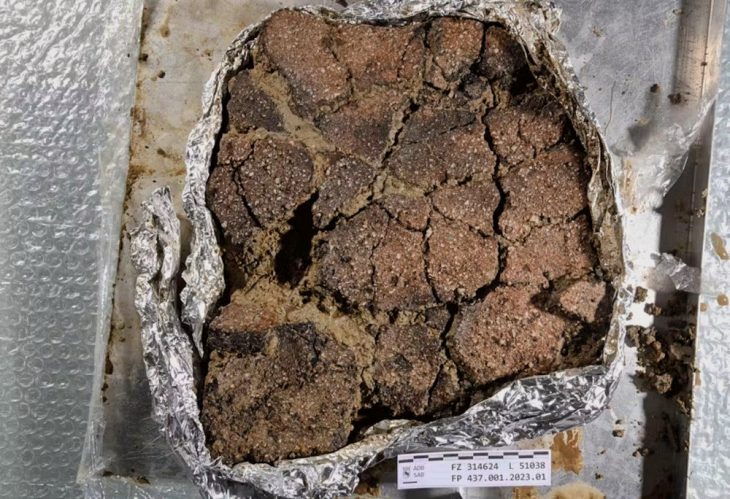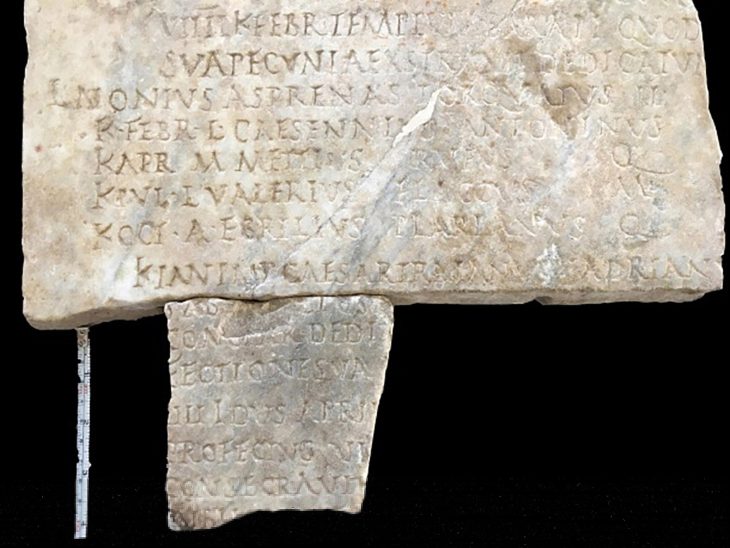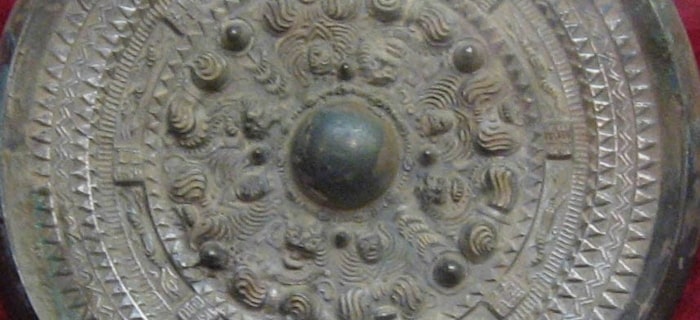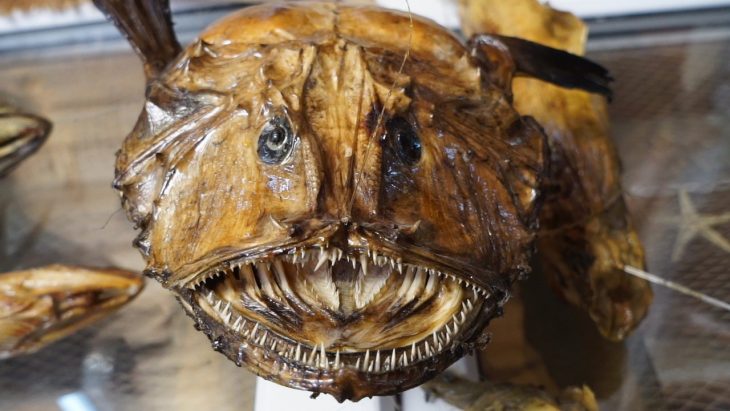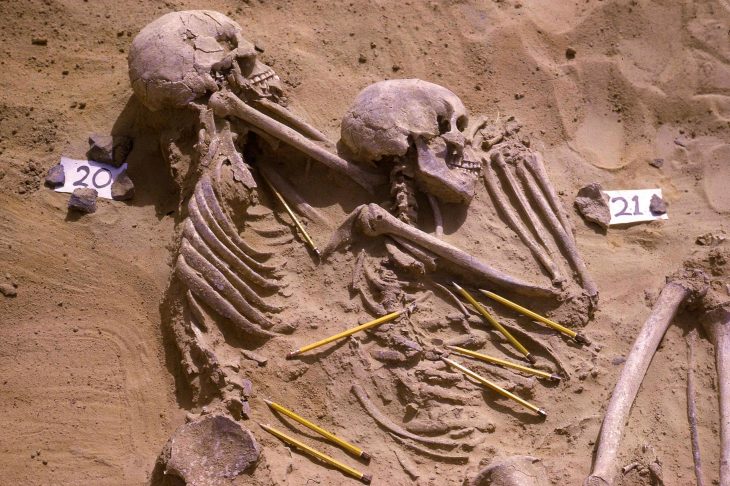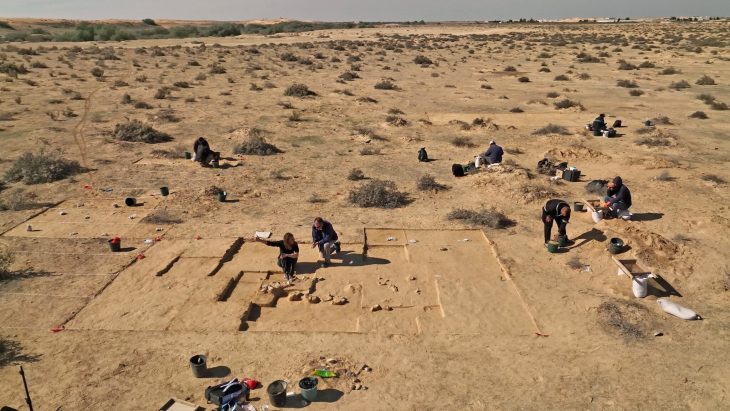A 2,000-year-old monumental tomb from the Roman era has been unearthed at the Apollon Smintheus Sanctuary in the village of Gülpınar, Çanakkale, western Türkiye.
Initial assessments of the skeletons found within the burial chamber inside the vessel revealed that more than 10 individuals, including children and adults, were interred in this tomb, their remains disturbed and mixed, the Daily Sabah reported.
Researchers suggest that this tomb might have been commissioned by affluent individuals due to its plan, indicating the existence of monumental tombs during the Roman Imperial period at Smintheion.
The Apollon Smintheus Sanctuary (Smintheion) refers to an important ancient religious site located near Troy in ancient times. This sacred area was dedicated to Apollo Smintheus, known as the god of mice and also revered as a deity associated with plague and epidemic diseases.
The Smintheion temple was built in the ancient town of Hamaxitus around 150 B.C. in Ionic style. Pieces of the entablature have survived, decorated with scenes from the Iliad. The ancient settlement is thought to have been founded in the 8th or 7th centuries B.C.

The region was utilized for religious ceremonies, festivals, and offerings. It is mentioned in Homer’s “Iliad” and is believed to have played a significant role in determining the outcome of the Trojan War. Archaeological excavations have unearthed various temple remains and artifacts in this area, providing valuable insights into the ancient era.
This year excavation was in the necropolis (cemetery) northwest of the Apollon Smintheus Temple. Excavations at three different points revealed remnants of two tombs alongside foundational remains of some structures.
Excavations and restoration efforts at the temple, a project initiated in 1980, were carried out this year by a team comprising approximately 20 experts and students from various scientific disciplines, under the leadership of Davut Kaplan from the Çanakkale Onsekiz Mart University’s Department of Archaeology (ÇOMÜ).
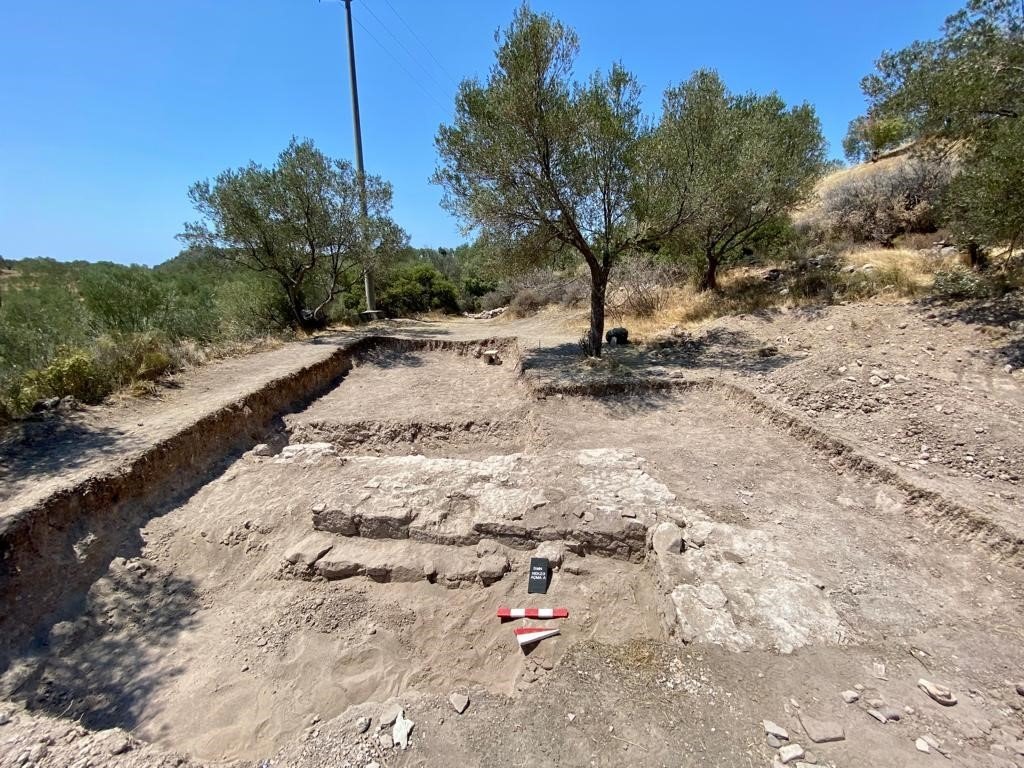
Hüseyin Yaman, a member of the excavation team, stated in an interview with Daily Sabah, “We aim not only to acquire information about the burial traditions of individuals and communities that once existed here but also to contribute to the delineation of the distribution area of sacred structures, or in other words, to determine the boundaries of the sacred area. In line with this goal, in the excavations conducted at three different points, we revealed remnants of two tombs alongside foundational remains of some structures. Based on the artifacts found in the only room that seemed to have survived with intact foundations in the monumental tomb, we estimate its origin to be approximately 2,000 years ago, around the first century A.D.”
Investigations at the site will continue in the coming years, opening up the possibility that more tombs will be uncovered, according to the archaeologists.

